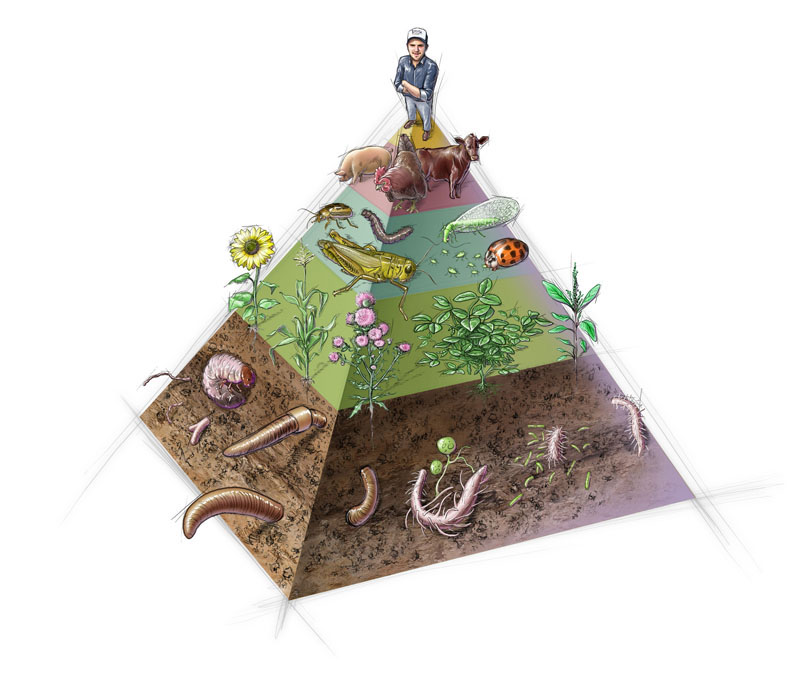" What is the point of saving endangered life-forms, people ask, if there is no where for them to live except in zoos?" (Goodall et al., p.161)
Unfortunately, this is the mindset of a lot of people today.
This just goes to show how ignorant and selfish human kind can be. We do not
really appreciate what we have, nor do we understand the importance of these
species in our environment. Consequently, more and more species are going
extinct because of our inability to comprehend their importance in the environment,
and our overall selfishness. If people
were more informed and open minded, then more species will able to survive. However,
it’s going to take a lot of effort. Like Goodall, Hudson, and Maynard stated,
there is hope for our future, we just need dedicated individuals to aid in restoring
what has been lost, and protecting what is endangered now. It is feasible, when I visited the Naples Zoo a few weekends ago, I learned about how the Black Bear was endangered with only approximately 200 bears in Florida some time ago. The bears they had at the zoo where rescued by FWC from someone who kept them as pets in their backyard. The zoo keeper spoke about how rules and regulations got stricter in order to save the black bear, and thus the black bear population increased and they were saved. She explained the importance of the black bear in our environment, and how they are an "umbrella" species. Meaning, that protecting this species, indirectly protects other species who depend on them. So, to answer the question that Goodall et al. posed, saving endangered life forms helps save others.
http://www.dreamstime.com/stock-photos-balance-scale-nature-human-constructio-vector-construction-image32845943
This quote pretty much speaks for itself. It depicts how we all depend on one another as a means to survive. I think that a lot of people fail to realize it, and just take what we have for granted. It's the "circle" of life, and every bit of it is important. What if one day plants were gone? What will we do? Ultimately, we will not be able to survive. We need to protect the resources we have available, our life depends on it.
| Black Bear http://florida.sierraclub.org/Miami/esa2.asp "And there is hope for wildlife, too. It was decided from the start that there should be clear distinction between land designated for human use, and land that would be most valuable set aside to ensure, for example, protection of the watershed, soil stability, carbon sequestration, and biodiversity" (Goodall et al., p.169) I think that this is a great concept, and it should be implemented in more places. We would be helping the animals, harness biodiversity, and help the overall environment. Not only will it help the environment, it will benefit us as well. In the end, both parties will be happy. This concept sets a clear balance between human use and wildlife. Keeping a balance between the two will aid in preventing any further damage or loss to our environment.
|
Without plants, animals (including ourselves) cannot survive. Herbivores eat plants directly; canrivores eat creatures that have fed on plants–or, to be picky, they may eat animals that fed on animals that fed on plants ( Goodall et al., p.174)
 |
| https://www.fertnz.co.nz/build-a-healthy-food-pyramid/ |
No comments:
Post a Comment